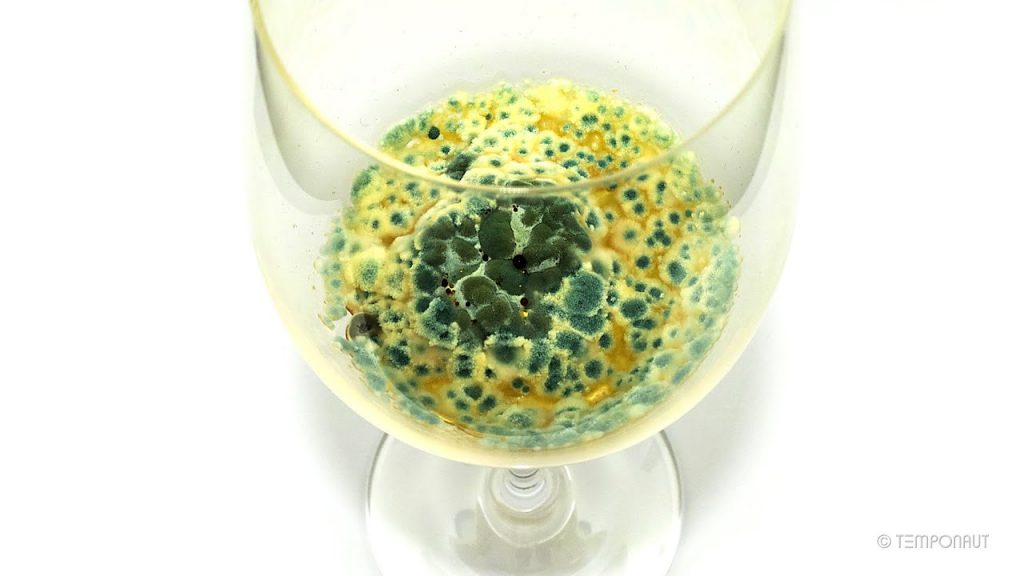How Waste Is Dealt With On The World’s Largest Cruise Ship

The 6,600 passengers on board the world’s largest cruise ship produce a lot of trash.
We went inside the secret, crew-only deck of Royal Caribbean’s Symphony of the Seas to see how crews process millions of pounds of water, food, and dry waste each year.
What happens to waste that cannot be recycled or composted on the Symphony of the Seas and how is hazardous waste handled?
The world’s largest cruise ship, Symphony of the Seas, weighs 228,081 tons and carries over 6,000 passengers and crew members. Such a massive ship produces a tremendous amount of waste that must be dealt with effectively and efficiently, both to protect the environment and to maintain the comfort and cleanliness of the ship itself.
The Symphony of the Seas takes a multi-faceted approach to waste management. In the first tier of waste management, source reduction, the ship aims to minimize the amount of waste produced in the first place. This is accomplished through measures such as using refillable soap dispensers instead of single-use plastic bottles, serving food on reusable plates and utensils, and offering digital newspapers and magazines instead of printed materials.
The second tier, recycling and composting, involves diverting as much waste as possible away from landfills. This is a challenge for a cruise ship, as space and resources are limited. However, the Symphony of the Seas has multiple recycling and composting stations throughout the ship, where guests and crew can deposit materials such as cans, glass, paper, and food scraps. These materials are then sorted and processed off the ship, either through partnerships with local recycling facilities or by being transported to shore.
The third and final tier of waste management is disposal of non-recyclable materials. The Symphony of the Seas has an on-board waste treatment facility that uses incineration and other techniques to safely dispose of waste that cannot be recycled or composted. The ship also has strict protocols in place for the disposal of hazardous waste, such as chemicals and batteries, which are carefully contained and processed separately.
To ensure that waste management practices are effective and sustainable, the Symphony of the Seas employs a team of environmental officers who oversee all aspects of waste handling. These officers are responsible for monitoring waste volumes, implementing waste reduction strategies, and training crew members and guests on proper disposal techniques.
In addition to these waste management strategies, the Symphony of the Seas is also committed to reducing its environmental impact in other areas. For example, the ship uses advanced wastewater treatment technologies to ensure that all greywater and blackwater discharged into the ocean meet or exceed international standards. The ship also has energy-saving systems in place, such as LED lighting and sophisticated HVAC systems, that help to minimize its carbon footprint.
In conclusion, the Symphony of the Seas’ waste management practices are an excellent example of how even the largest and most complex ships can be operated in an environmentally responsible manner. By taking a multi-faceted approach that prioritizes source reduction, recycling and composting, and safe disposal, the ship is able to minimize its impact on the environment and provide guests with a safe, clean, and sustainable vacation experience.









Future Homes: Self sufficient living in off-the-grid Tasmanian home
I’m A Chinese Cowboy With A Southern Accent
Survival on the smallest island in the Caribbean
The remote visa-free island at the top of the world
Best Tiny Home You Will See! Ever!